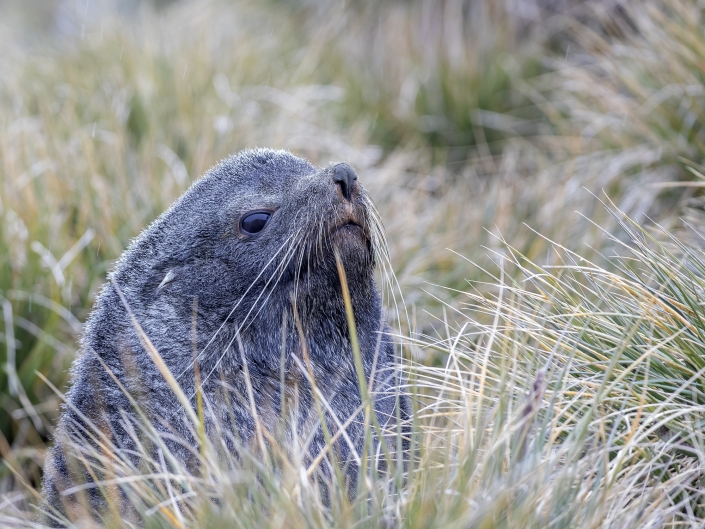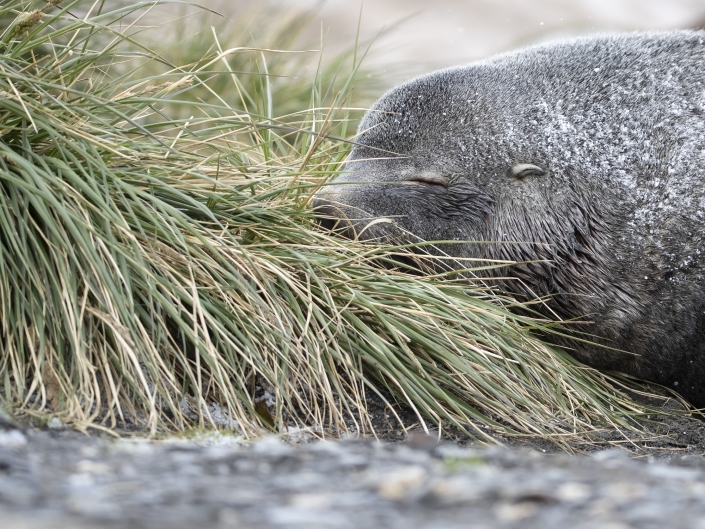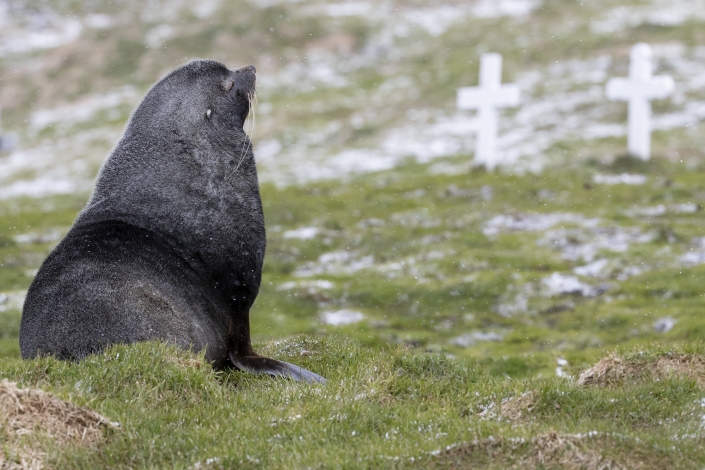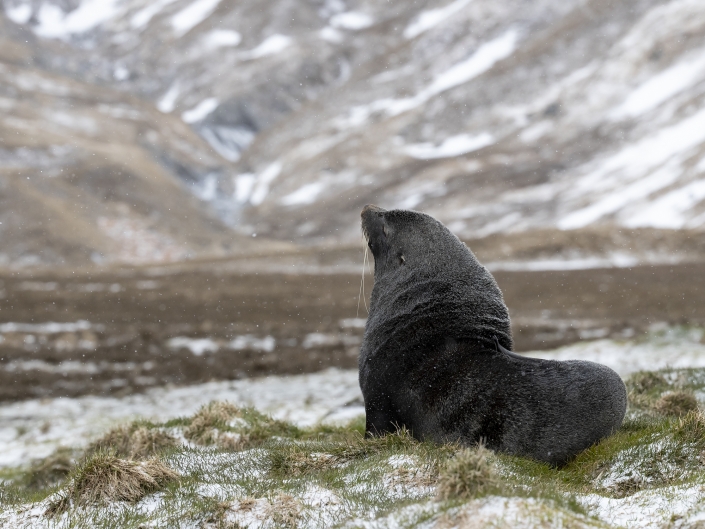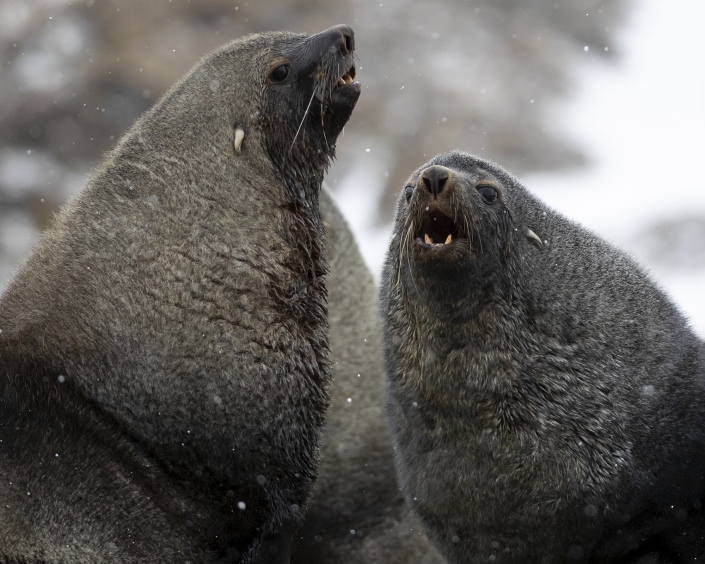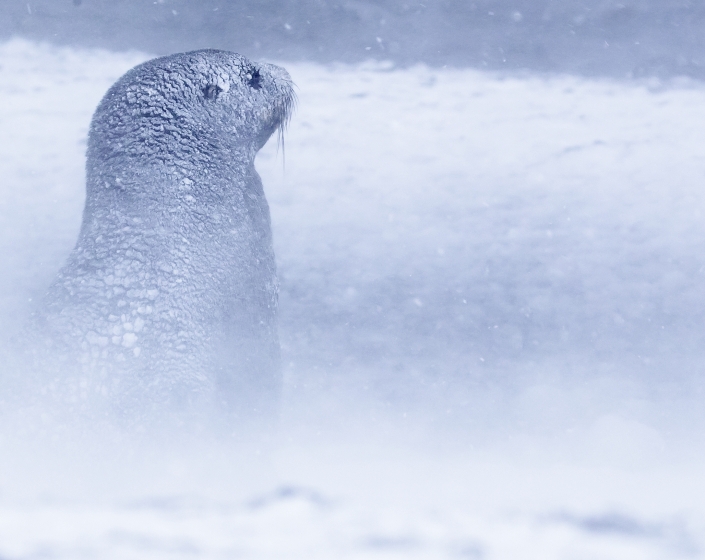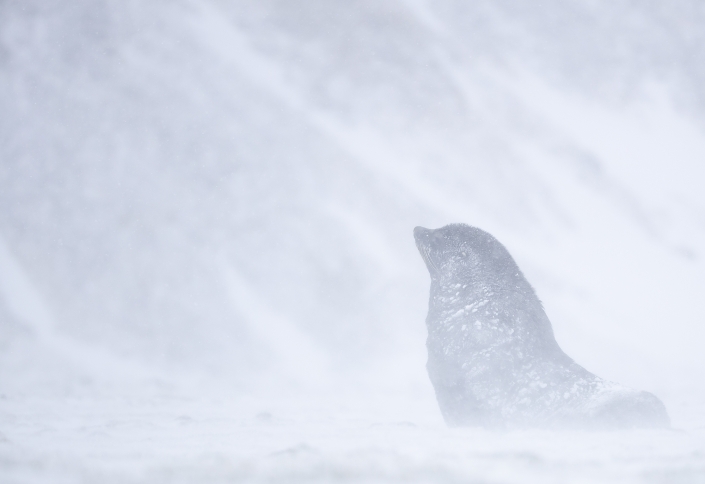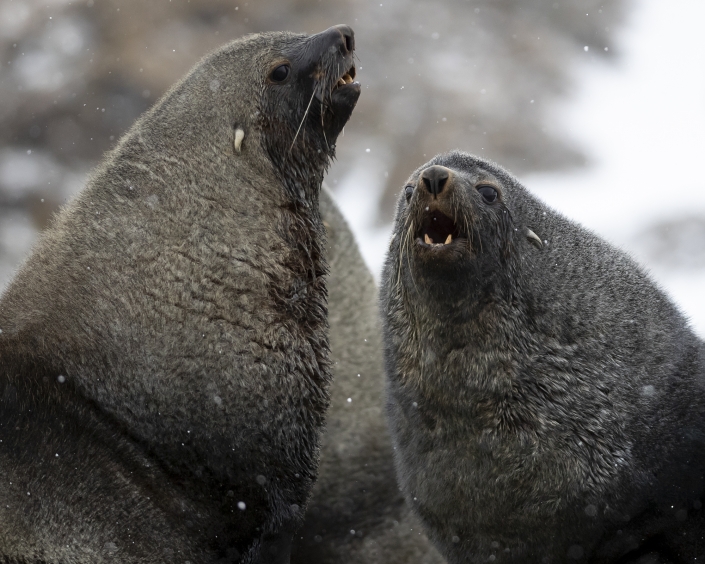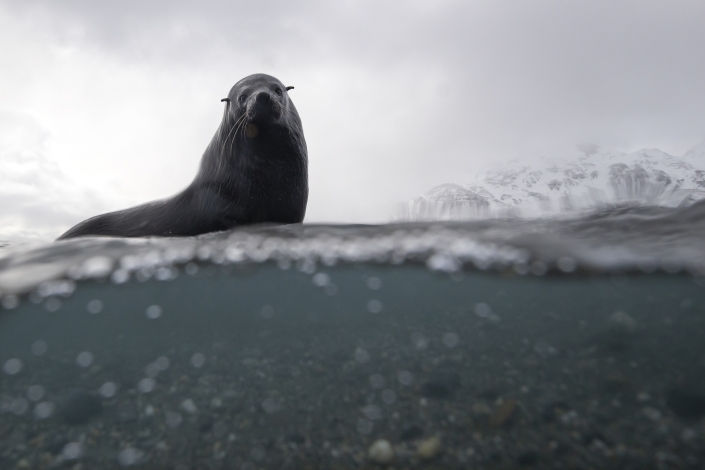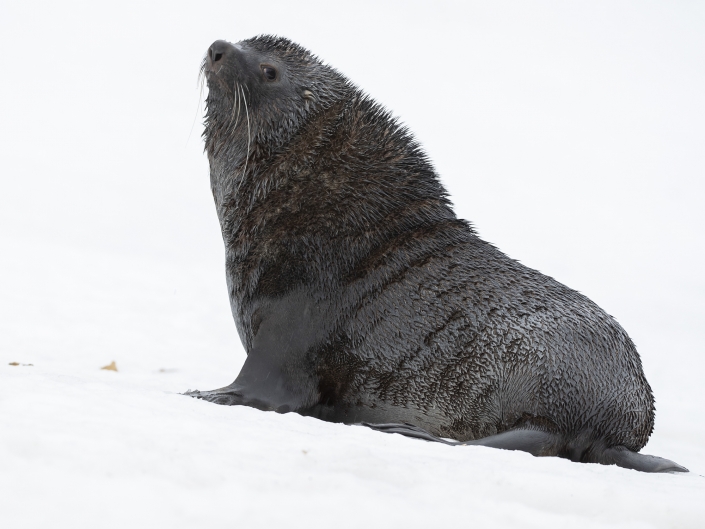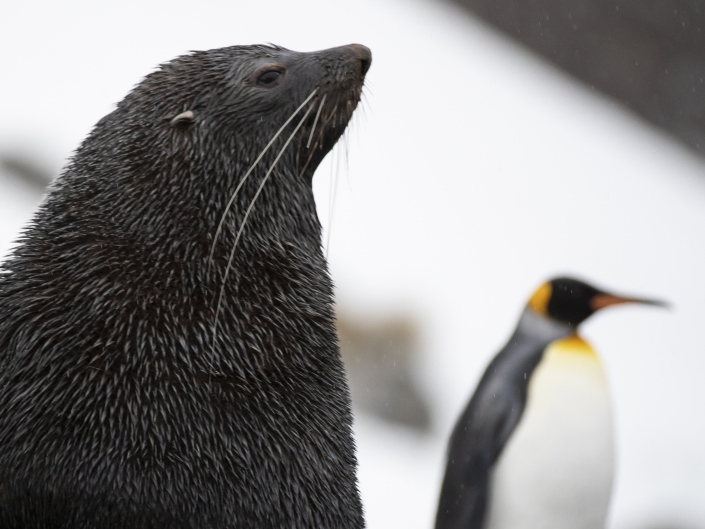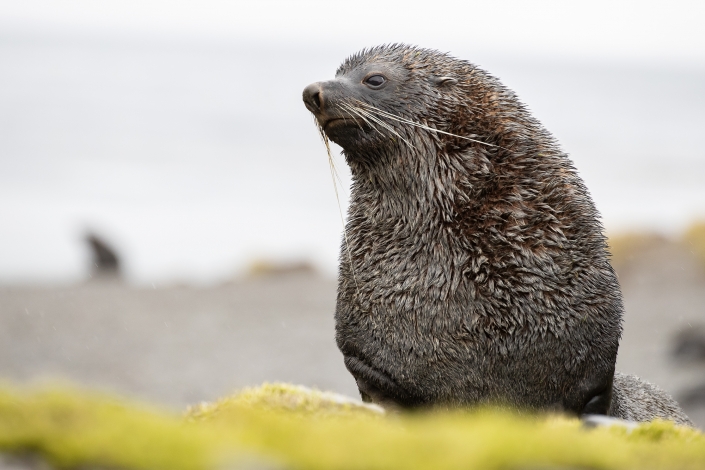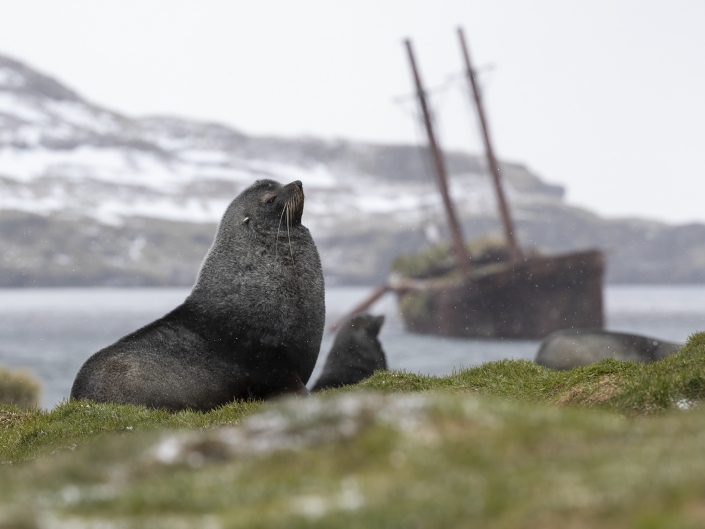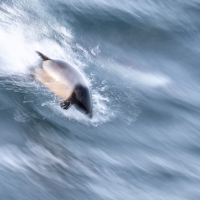This post is also available in: Swedish
Antarctic fur seal – Arctocephalus gazella
Antarctic fur seal – Arctocephalus gazella
is one of eight seals in the genus Arctocephalus, and one of nine fur seals in the subfamily Arctocephalinae. As its name suggests, the Antarctic fur seal is distributed in Antarctic waters. Around 95% of the world population breeds at the Island of South Georgia. This fur seal is a fairly large animal and has a short and broad snout compared with others in the family. Adult males are dark brown in colour. Females and juveniles tend to be grey with a lighter undersides. Colour patterns are highly variable, and some scientists believe some hybridisation with subantarctic fur seals has occurred. Pups are dark brown on birth, almost black in colour. About one in 1000 Antarctic fur seals are pale ‘blonde’ variants.
Males are substantially bigger than females. Antarctic fur seals grow up to 2 m (6.5 ft) long and weigh 91 kg (201 lb) to 215 kg (474 lb). Males live for about 15 years and females up to 25.
Antarctic fur seals appear to act alone when foraging and migrating. Males breed polygynously; a strong male may have more than a dozen female partners in a single season. Territories are established on breeding grounds in October to early November, when the musty-smelling males are extremely aggressive in defence of their harems. Females gestate for just over a year – giving birth in November or December. Pups are weaned at about four months old. Juveniles may then spend several years at sea before returning to begin their breeding cycles.
The usual food supply is krill and fish, of which each Antarctic fur seal eats about a ton in a year. Due to the enormous and growing populations of these seals, their food is a significant proportion of South Georgia’s krill and fish stocks.




